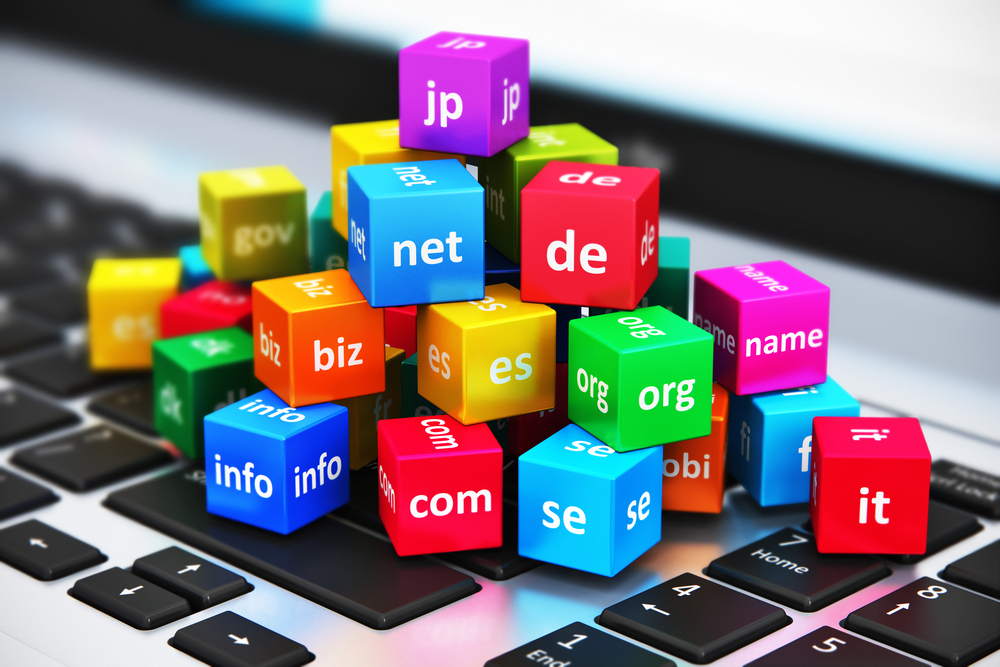This is the quiz about the network identifiers subtopic. All 10 questions in this quiz are covered in the articles.
Every question in this quiz is multiple choice. In order to take this quiz, click on the box for your selected answer. Once you have tried your best attempt, you can click on the 'Submit answers' button and your answers will be marked. The questions highlighted in green are the ones you answered correctly and the questions highlighted in red are the ones you answered incorrectly. This will give you an overview of the terminology in computer networking that you can remember and the terminology that you could not remember. You could also consider whether the questions you answered correctly were ones you definitely thought you knew or ones you guessed. If you want to have another go at the quiz, you can reload the page.
Once you've finished the quiz, you can click on 'Reveal/Hide answers' to reveal or hide the correct answers for every question. The correct answer is explained for most questions.
Remember to click on 'Submit answers' once you have finished this quiz in order to get your result.
Question 1
The correct answer is: d: A device on a network.
Every device that communicates over a network has an IP (Internet Protocol) address that uniquely identifies it. IP addresses are assigned to devices by ISPs.
Option A is incorrect as that is what a port number identifies.
Option B is incorrect as that is what a MAC address identifies.
Question 2
The correct answer is: a: To provide the services and manage the different top-level domains used on the internet.
In the hierarchical structure, domain registries are a level above the domain registrar. When registrants buy domain names, most of what they pay goes to the registry rather than the registrar, since domain registries actually own the domain names and grant them to users for a limited span of time, usually 1-10 years.
Option B is incorrect as that is the role of a domain registrar.
Option C is incorrect as that is the role of a domain registrant.
Question 3
The correct answer is: c: example,com
example,com is an invalid domain name as it uses a comma instead of a dot. Domain names always contain a custom name, usually the name of a company with a dot and then an extension.
example.tk is a valid domain name as it is just a different top-level domain (TLD). .tk is the TLD for Tokelau, a territory of New Zealand in the South Pacific.
Question 4
The correct answer is: b: False
IPv6 is the more recent and advanced version of the Internet Protocol that was introduced due to the need for more unique IP addresses. IPv6 does not provide any additional security to IPv4 and that was not the main aim of it. In order to provide security for communications, dedicated security protocols are used.
Question 5
The correct answer is: a: The IP addresses of devices must stay the exact same in the first three strings of numbers and the last string of the IP address can range from 1 to 254.
A subnet mask, also known as a netmask, is a 32-bit binary number that identifies the portion of IPv4 addresses that are available in a network. 255.255.255.0 is the default subnet mask.
The subnet mask '255.255.255.0' allows for up to 254 unique hosts. The reason why it does not allow for up to 256 unique hosts is that two of these numbers are always preassigned and unavailable for custom assignment. The last '255' is the assigned broadcast address and '0' is the assigned network address.
Question 6
The correct answer is: c: Media Access Control address
Question 7
The correct answer is: b: The act of registering misspellings or typos of common domain names, targeting users who manually type the URL into their browser.
Option C is incorrect as that is domain squatting and does not describe typosquatting.
Question 8
The correct answer is: a: com.
Top-level domains (TLDs) are the last part of a domain name and come after the custom name. The most common TLD is com.
Option B is incorrect as that is the second-level domain (SLD).
Question 9
The correct answer is: b: 2
Although most hosting providers do not use more than four nameservers, the most common number of nameservers to use for a domain name is 2. The main reason why domain names use two nameservers is that the first nameserver is known as primary DNS and the second nameserver has another purpose. In the event of an issue that causes the website to go offline, the second nameserver acts as a backup requirement.
Question 10
The correct answer is: d: 403
Error 403 means that access to the requested page is strictly forbidden. The server understood the request, but access is denied to the requested page due to permission errors.
Your like or dislike has been added successfully. To see the changes, reload the page.
